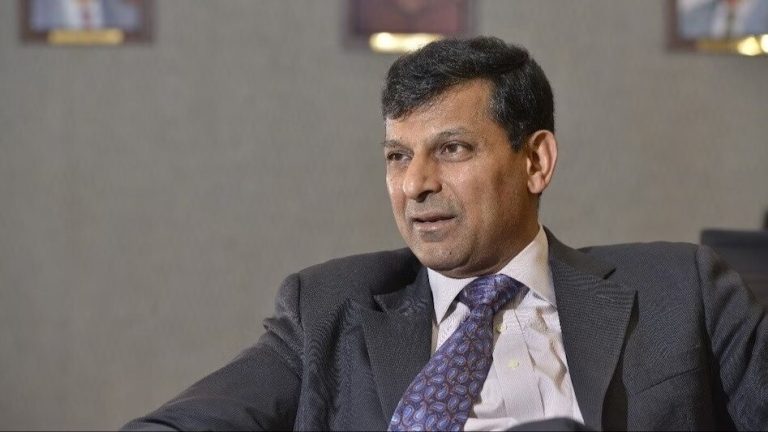Jefferies delivered a blunt assessment stating that consolidated EBITDA was 3% below their estimates, with O2C and Retail segments falling 5% and 4% below expectations, respectively. The global brokerage maintained its Buy rating with a target price of Rs 1,726 but highlighted that core Retail grew only 8% year-on-year as electronics sales slowed due to early monsoon and space addition lagged behind expectations.
Emkay was even more direct about the disappointment, noting that RIL saw a 5% and 7% consolidated EBITDA and adjusted profit miss in Q1FY26 at Rs 429 billion and Rs 181 billion, respectively. This underperformance was attributed to 6% and 5% lower than expected O2C and Retail EBITDA performance.
Also Read | Is RIL’s strong profit growth sustainable amid rising capital expenditure?
The consensus was clear across major brokerages that, despite the headline-grabbing profit figure, the operational performance fell short of expectations across critical business verticals.
Reliance Retail, once considered a growth engine, posted disappointing numbers that concerned analysts. Motilal Oswal noted that Reliance Retail’s operational EBITDA came in approximately 7% below their estimate due to weaker-than-expected revenue growth of 11% year-on-year compared to their forecast of around 16%.
JPMorgan was particularly concerned about retail momentum, stating that retail growth decelerated to 11% year-on-year while missing estimates. The investment bank maintained its Overweight rating but hiked its target price to Rs 1,695 from Rs 1,568, suggesting cautious optimism despite current headwinds.
The retail weakness was attributed to seasonal factors and slower electronics sales, with Jefferies explaining that electronics performance slowed due to early monsoon conditions and space addition lagged behind planned expansion.
The Oil-to-Chemicals (O2C) business, RIL’s traditional cash cow, also underwhelmed analysts with weaker-than-expected performance. Motilal Oswal reported that consolidated O2C EBITDA declined 4% quarter-on-quarter, representing an 8% miss from estimates, as higher retail fuel margins and product cracks were offset by lower volumes due to a planned shutdown.
Nuvama provided additional context explaining that O2C performance was mainly impacted by turnaround activities while Jefferies noted that O2C was affected by refinery shutdown, though they maintained that the refining outlook remains constructive for future periods.
Despite the near-term challenges, analysts remained positive about the segment’s prospects, with Emkay noting that refining margins would be supported by refinery closures in Europe and North America, though petrochemical recovery would take additional time to materialize.
Also Read | Reliance Industries shares tumble after Q1 results. Should you buy, sell or hold?
Jio shines amid broader weakness
The only bright spot in an otherwise mixed quarter was Reliance Jio, which continued its robust performance trajectory. Motilal Oswal highlighted that RJio EBITDA rose approximately 5% quarter-on-quarter, representing a 2% beat over estimates, led by lower operational costs and high incremental EBITDA margins of 97%.
Emkay added that Jio subscriber addition was better than expected at 9.9 million new customers, while average revenue per user (ARPU) grew 1% to Rs 208.8. The telecom arm’s strong performance was driven by continued subscriber growth and improved operational margins.
Macquarie provided a segment-wise assessment noting that at the business level, Jio demonstrated strength while retail appeared lacklustre and O2C showed gradual signs of recovery from previous challenging periods.
Despite the mixed quarterly results, RIL management painted an optimistic picture for future growth prospects. The conglomerate has expressed confidence in doubling EBITDA across the entire group by 2029, with growth guidance on Jio and Retail segments calling for doubling earnings within 3-4 years, being reaffirmed by management.
Analysts remained bullish on RIL’s new energy initiatives despite current operational challenges. Nuvama characterized the new energy segment as the “largest multidecadal growth driver” and expects the new energy ecosystem to ramp up within 4–6 quarters. The brokerage estimates that a fully integrated 10GW polysilicon-to-module facility by end-FY26 may add 6% to consolidated profit after tax.
Emkay provided specific timelines indicating that the new energy ecosystem would be fully operational within 4-6 quarters through strategic partnerships, eventually becoming a self-funded model within a few years, with potential for perpetual growth.
Prabhudas Lilladher upgraded the stock from Hold to Accumulate rating, introducing a valuation of Rs 111 per share specifically for the new energy segment, reflecting growing confidence in this emerging business vertical.
Despite the disappointing quarterly performance, most major brokerages maintained positive ratings on RIL shares. Jefferies maintained a Buy rating with a target price of Rs 1,726, Morgan Stanley kept an Overweight rating with a target price of Rs 1,617, and Emkay sustained a Buy rating with a target price of Rs 1,600.
Nuvama maintained a Buy rating with a target price of Rs 1,767, Motilal Oswal kept a Buy rating with a target price of Rs 1,700, and JPMorgan maintained an Overweight rating with an increased target price of Rs 1,695. HSBC and Nomura both maintained Buy ratings with target prices of Rs 1,630 and Rs 1,600, respectively.
However, Macquarie provided a cautionary note stating they believe Reliance’s share price could see near-term moderation following this results announcement while maintaining their Outperform rating with a Rs 1,500 target price.







